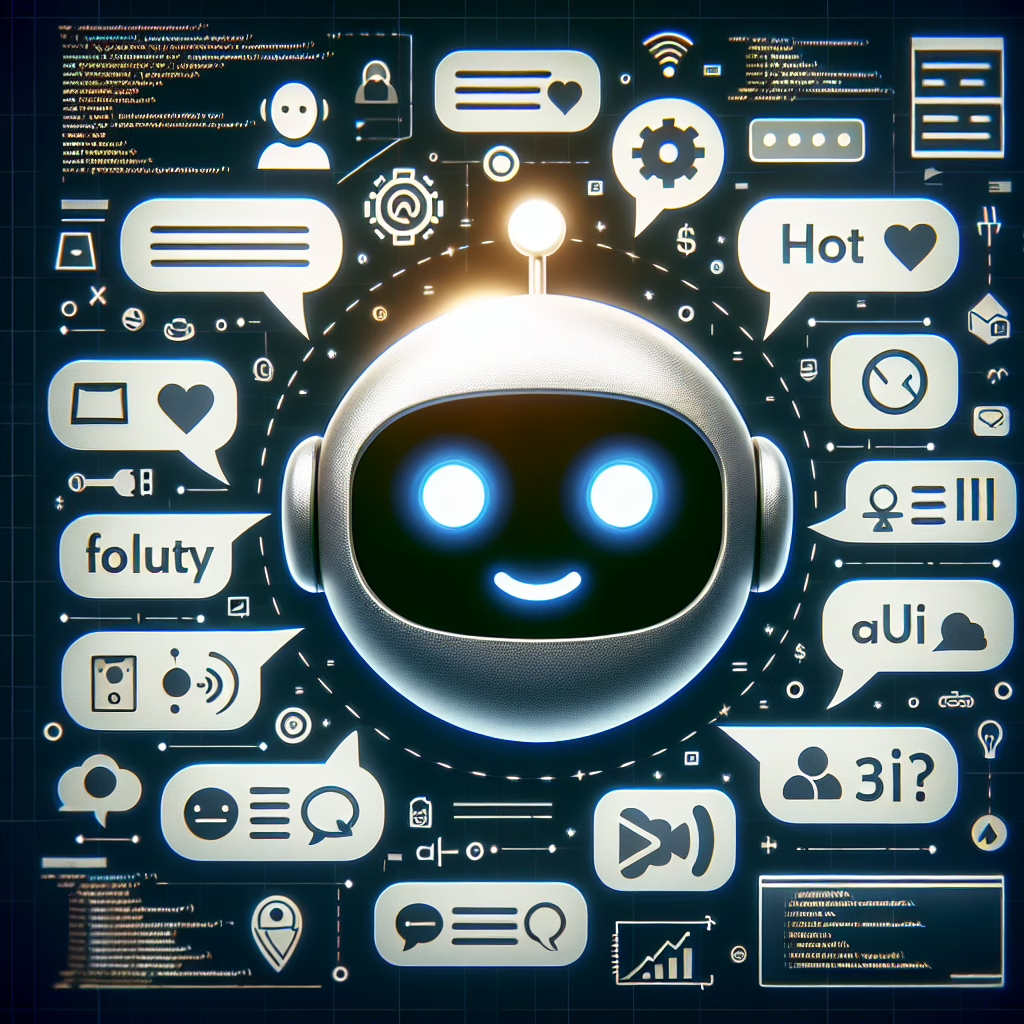In the whimsical world of technology, where robots may soon challenge our superiority, chatbot design choices play a pivotal role in shaping the perceptions of artificial intelligence. As we dive into 2025, it’s essential to understand how these design decisions are not just about aesthetics but also about the very essence of AI delusions.
Understanding Chatbot Design Choices
Chatbots are like the overly enthusiastic friends of the digital realm. They’re designed to assist us, but their behavior can sometimes lead to amusing misunderstandings. The way a chatbot is designed significantly influences how users interact with it, leading to a delightful mix of confusion and clarity.
Take Meta’s latest chatbot, for instance. It’s not just any run-of-the-mill assistant; it aims to engage users in a way that feels almost human-like. However, this brings up a crucial question: Are we inadvertently fueling AI delusions by crafting chatbots that mimic human conversation too closely? If they sound too smart, do we start expecting them to be smarter than they actually are? Spoiler alert: they’re not!
Are We Overestimating Our Digital Friends?
The line between helpful and overzealous blurs when chatbots respond with an uncanny resemblance to human logic. In many cases, users might attribute more intelligence to these chatbots than they deserve. After all, just because a chatbot can regurgitate information faster than a librarian on caffeine doesn’t mean it understands it! This phenomenon is often referred to as the “Eliza Effect,” named after an early chatbot that tricked users into thinking it was more intelligent than it really was.
As we continue through 2025, it’s important to remember that our digital companions don’t have emotions or understanding—they’re simply following algorithms. So while you might feel charmed by a witty response from your Meta chatbot, don’t let that charm cloud your judgment!
Design Choices Impacting User Experience
When it comes to designing chatbots, every choice matters. Here are some key design elements that influence user experience:
- Color Scheme: Bright colors may invite casual conversations, while muted tones could foster serious discussions.
- Tone of Voice: A playful tone might make users feel comfortable sharing personal details, whereas a formal tone might make them hesitant.
- Response Crafting: Cleverly designed responses can add personality and enhance user engagement.
The interface plays a significant role in shaping perceptions, too. A visually appealing chatbot interface can trick users into thinking they’re engaging with something sophisticated—like an advanced AI—but in reality, it could just be a cleverly designed shell with little substance behind it. It’s like putting a fancy hat on a cat and expecting it to behave like a lion!
The Dangers of Misleading Expectations
When chatbot design choices lead users to believe they’re conversing with an entity possessing human-like qualities, we walk a dangerous line. Misleading expectations can result in real-world consequences—imagine someone relying on a chatbot for medical advice! While it’s great that our digital pals can provide information at lightning speed, treating them as substitutes for professionals could lead us down a rabbit hole of misinformation.
In addition, as chatbots become more integrated into our daily lives—from scheduling appointments to offering customer support—users may develop an emotional connection with these bots. This connection can lead to feelings of disappointment or betrayal when the bots inevitably fail to meet our inflated expectations.
The Future: Balancing Innovation and Realism
The journey ahead involves finding the sweet spot between innovation and realism in chatbot design choices. As developers strive for more engaging interactions, they must remain transparent about what these chatbots are capable of—and what they aren’t. After all, honesty is still the best policy—even in the age of AI!
In 2025, let’s challenge ourselves as consumers and creators to foster healthy relationships with our digital companions. By setting realistic expectations and understanding their limitations, we can enjoy all the benefits chatbots bring without falling prey to their charming delusions.
So next time you find yourself chatting away with your friendly neighborhood chatbot, take a moment to appreciate its quirks while remembering: It’s all fun and games until someone asks for life advice!
We’d love to hear your thoughts! Have you had any amusing interactions with chatbots? Share your stories in the comments below!
Special thanks to TechCrunch for providing insightful content on this topic!

